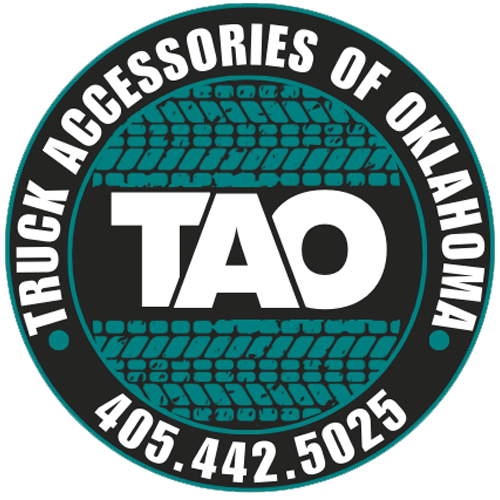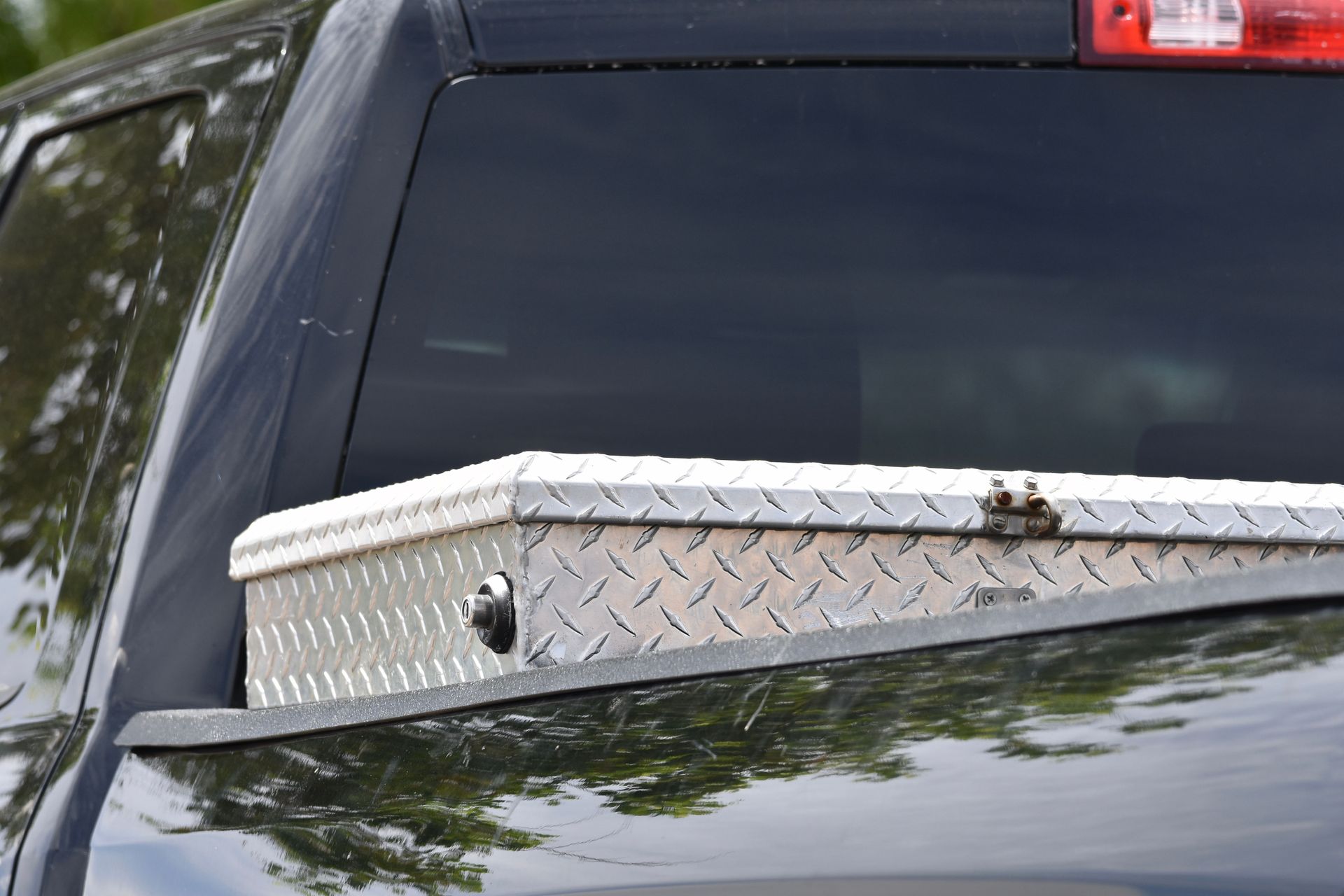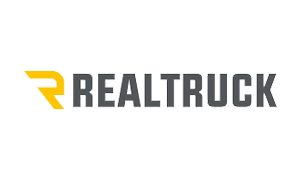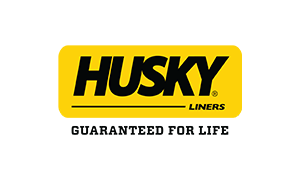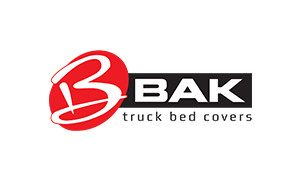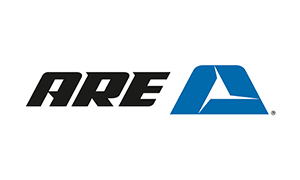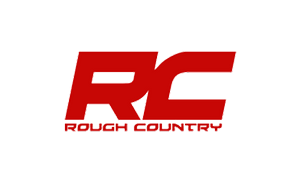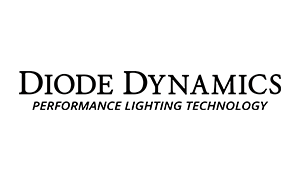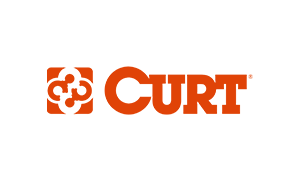November 8, 2025
Installing accessories on your truck can enhance its functionality, aesthetics, and value. Whether you are upgrading for better performance or making a style statement, understanding the installation process is essential to ensure a successful outcome. This article will guide you through what to expect during truck accessory installation, covering everything from preparation to post-installation care.
Understanding Your Truck's Needs
To start with, evaluating your truck's current condition is crucial in determining the accessories you may need. Examining your vehicle's structure, performance, and existing systems can help you identify areas that require enhancement or repair. Be it the interior, exterior, or under-the-hood elements, an informed assessment will set the foundation for your customization journey. Seek feedback from trusted mechanics or vehicle inspection specialists to fully understand the nuances of your truck's current state. This insight not only ensures appropriate accessory selection but also prevents unnecessary expenditures.
Knowing your truck's current state involves understanding its vulnerabilities as well as its strengths. This knowledge assists in making educated decisions regarding what can enhance your vehicle's efficiency and appearance. Focus on areas such as engine performance, towing capacity, interior comfort, and exterior toughness. Given that approximately 16.6% of all driven vehicles in the U.S. are pickup trucks, according to PowerNation, there is a vast array of accessories designed specifically to cater to this popular vehicle. Tailor your selections based on the unique features of your truck and how you intend to use it.
Without evaluating your truck's current state, you could end up installing accessories that do not align with your vehicle's actual requirements or exceed its capabilities. This can lead to a mismatch in functionality and even result in damage or decreased performance. Be methodical in documenting your truck's specifications, including measurements and specific needs that certain accessories must meet. Consult the vehicle's manual and avoid rushing through this stage.
Identifying the Right Accessories for Your Purpose
Identifying the right accessories starts by defining the purpose of your upgrade. Are you looking for aesthetic enhancements, or is improved vehicle performance your goal? Understanding your objective will narrow down the options, allowing you to select items that align with your vision. For example, if you are frequently off-roading, robust tires and durable body armor may be a priority. Conversely, for urban commutes, comfort-focused accessories such as seat covers and advanced infotainment systems might be more fitting.
Accessories should complement your truck's natural abilities while catering to your unique needs. With the market flooded with an array of accessory options, identifying those that provide genuine benefits is key. Weigh factors such as material quality, brand reputation, and performance reviews across different usage scenarios. Keeping abreast of popular trends can also offer insight, although customization should primarily reflect personal preference and need. Balancing style and substance ensures your modifications serve practical purposes without compromising your truck's integrity.
An essential part of the process is recognizing what adds value versus what is superfluous or purely cosmetic. Ensure that the accessories you choose align with the primary use-case scenarios of your truck. Consider aspects like load-bearing, climate adaptability, and ease of maintenance when shopping for parts. Consulting industry experts or participating in online forums can provide additional clarity on top-performing brands or items in your chosen category. Document your findings and shortlist the options that seamlessly integrate with your existing vehicle structure.
Budget Considerations and Cost Estimations
Budgeting is a critical step in truck accessory installation. By understanding the full scope of costs, including accessories, installation fees, and potential modifications to existing systems, you can develop a realistic financial plan. Begin by creating a comprehensive list of desired accessories, alongside their prices, to form a baseline budget. Costs can fluctuate based on brand preference and quality, as well as installation complexity. Be sure to account for occasional supplementary costs such as additional hardware or unplanned repairs.
Once you have a budget framework, compare it against your available funds. To avoid compromises in quality, consider investing in fewer, high-quality accessories rather than skimping across the board. Remember that the cheapest option may cost more in the long run if it requires frequent replacements or maintenance. Prioritize additions that offer the best cost-to-benefit ratio while achieving your customization goals. Check for deals, discounts, or package offers to extend your budget further without sacrificing quality.
Setting a budget not only places financial discipline on your project but also aids in prioritizing the accessory selection process. It can prevent impulsive spending on trendy items that do not add tangible value to your vehicle. Whether consulting with a financial advisor or using budgeting software, having a monetary plan ensures both prudent spending and project completion. Moreover, a ready budget can help you respond to unexpected price surges or installation fees effectively. Establishing a clear financial limit is another step toward a successful accessory installation endeavor.
Compatibility with Existing Systems
Compatibility is a pivotal consideration when installing new accessories. Each component must seamlessly integrate with the truck's existing systems to ensure continued performance without disruptions. Analyze specifications or consult with experts to verify compatibility, especially regarding electrical systems or digital interfaces. Incompatibility can lead to system failures, decreased efficiency, or irreparable damage to your vehicle. Therefore, conducting thorough compatibility checks is worth the preliminary effort.
Failing to address compatibility issues can cause installation complications, such as requiring additional adapters or modifications that can further inflate your budget. Moreover, some accessories demand professional recalibration of related systems to function optimally. It is crucial to understand how the new parts will interact with existing components like sensors, battery connections, or control modules. Refer to the accessory and vehicle manuals to ensure alignment. This preparation phase fortifies your setup against potential technical setbacks.
Certain accessories require alterations that could impact the legality, warranty, or resale value of your truck. Check with manufacturers or certified technicians for guidance on permissible changes and manufacturer-specific stipulations. In the end, ensuring compatibility is not just a technical requirement but also a legal and financial safeguard. The more information you obtain regarding part interactions and compatibility, the smoother the overall installation process will be.
Discussing Options with Specialists
Discussions with specialists offer in-depth insights that no online review or manual can provide; leveraging their firsthand experience assists in making informed decisions. Professionals can guide you in sorting potential purchases by discussing performance and installation tactics. They may suggest alternatives or reinforce your choices based on their industry know-how. Access to this expertise streamlines decision-making, saving you time and likely preventing expensive trial-and-error scenarios.
Meeting with specialists ensures you consider variables that might be overlooked when making accessory decisions independently. Consultations offer personalized advice geared towards fulfilling your customization needs while adhering to budget constraints. Certain specialists may even provide access to exclusive or discounted parts due to their connections. Based on your truck model, usage patterns, and personal preferences, they can tailor recommendations, offering solutions that others may not have considered. This empowers you to create a fully customized, efficient, and practical vehicle.
Additionally, collaborating with specialists encourages a clearer understanding of the installation complexity and time requirements. They can outline potential challenges and how best to resolve them, aiding in realistic scheduling and resource allocation. With specialist guidance, you might discover dual-function accessories that serve more than one purpose, economizing both time and money. More than advising on installation, specialists can often assist with follow-up services or maintenance tips. In all cases, discussion with industry experts enriches the entire truck accessory installation experience.
Truck accessory installation can greatly enhance your vehicle's functionality and aesthetics when undertaken with due diligence. By comprehensively understanding the preparatory steps, choosing the right professionals, and recognizing potential challenges, you can ensure a smooth installation process. Post-installation care and maintenance are vital to maximizing the longevity and performance of your new truck accessories. With careful planning and execution, your truck can become a true reflection of your style and needs. For more information about the services that we offer, reach out to our incredible team at Truck Accessories of Oklahoma today!
